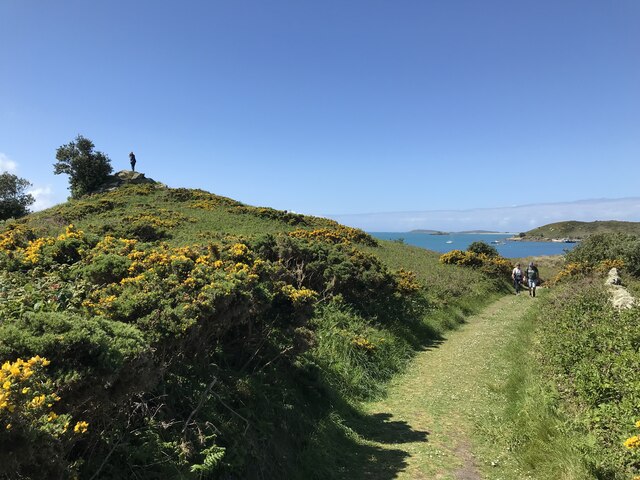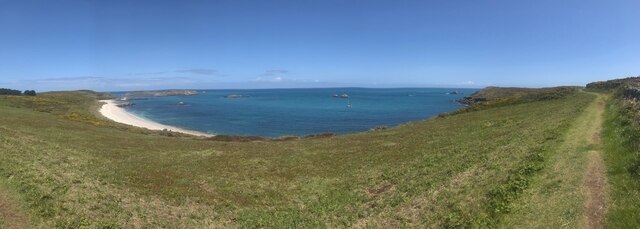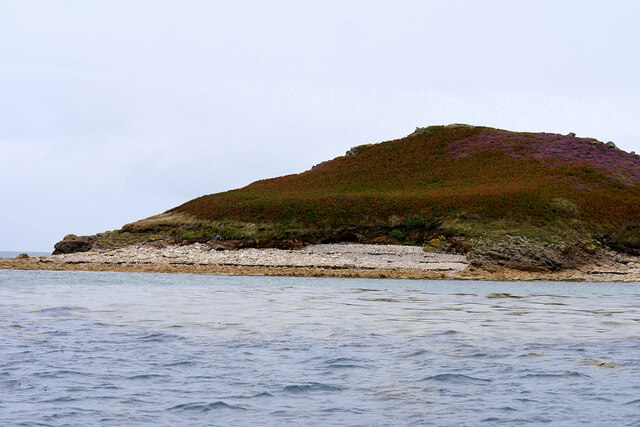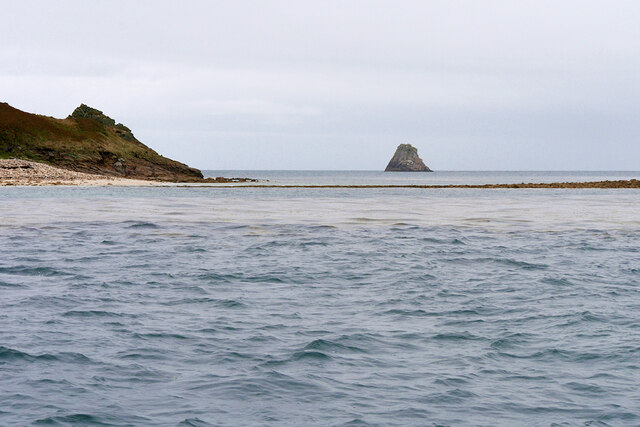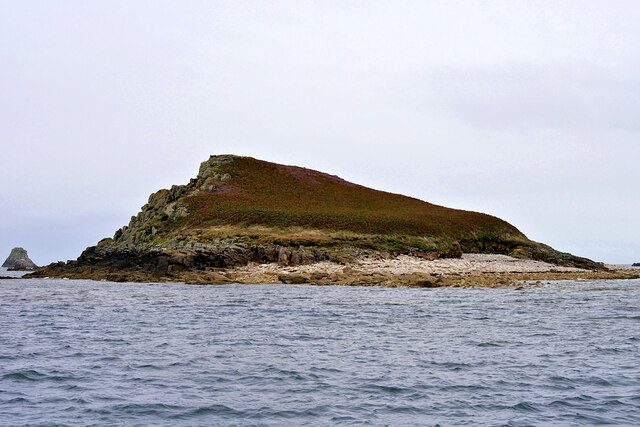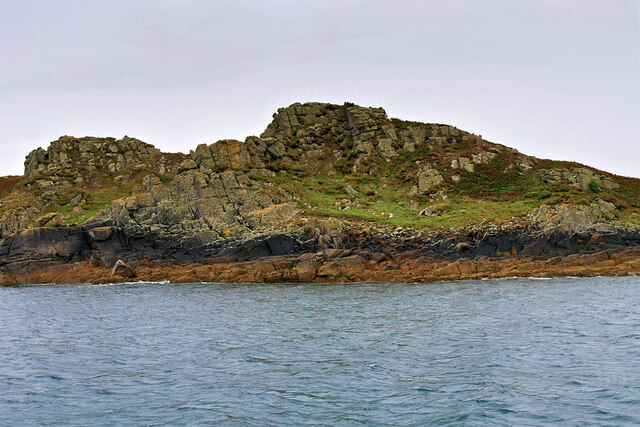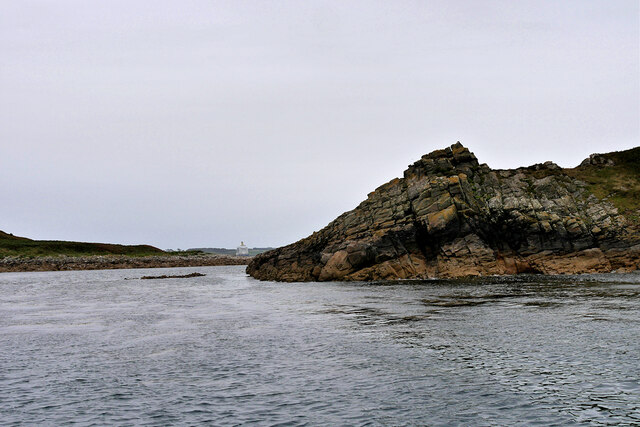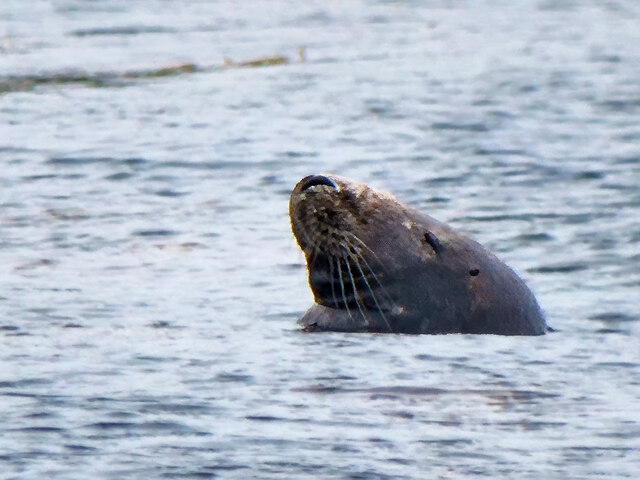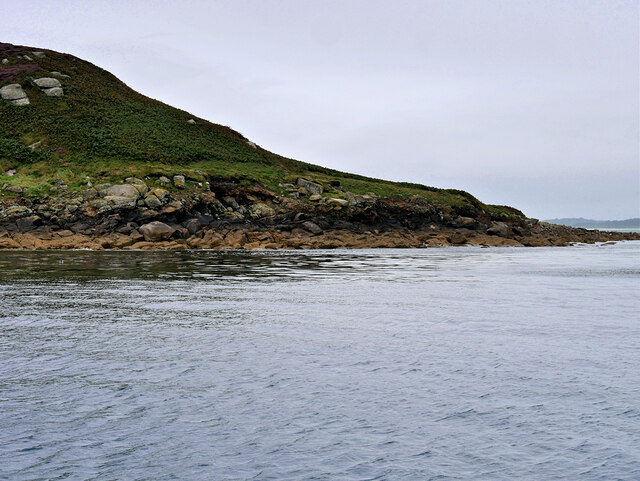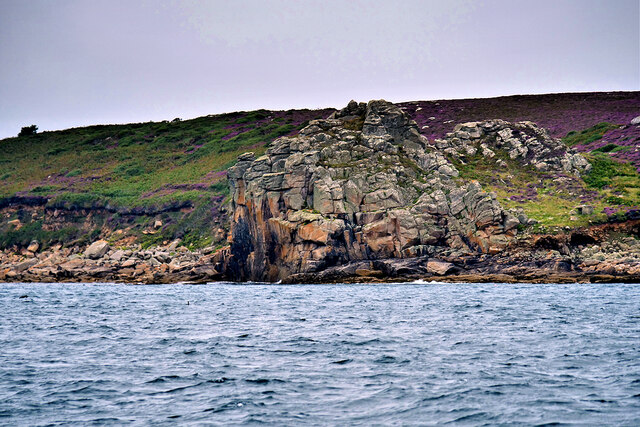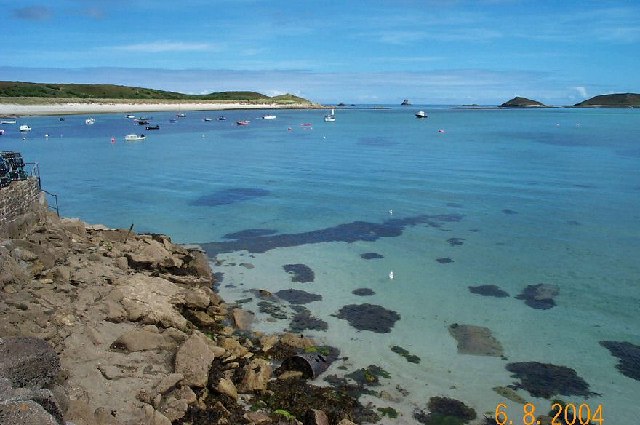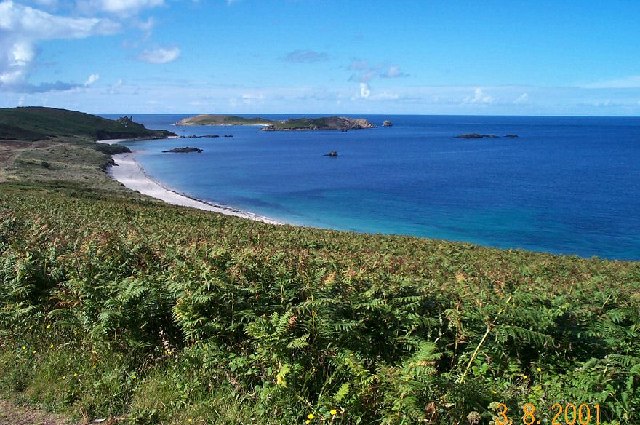Murr Rock
Coastal Feature, Headland, Point in Cornwall
England
Murr Rock
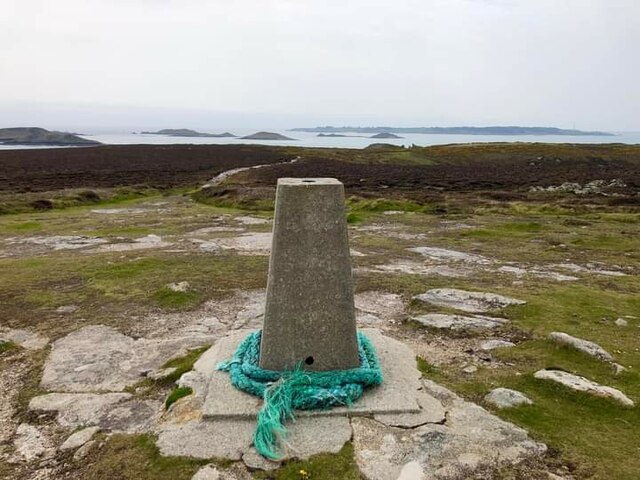
Murr Rock is a prominent headland located on the coast of Cornwall, England. Situated near the town of Perranporth, it is a notable coastal feature that attracts both locals and tourists alike. The rock formation is positioned between Perranporth Beach and Holywell Bay, offering stunning views of the surrounding coastline.
Murr Rock is characterized by its rugged cliffs and jagged edges, which have been shaped by centuries of erosion from the relentless waves of the Atlantic Ocean. The headland is composed of granite, a common rock type found in the region, giving it a distinctive appearance. At high tide, the waves crash against the base of the rocks, creating a dramatic spectacle.
The headland is accessible via a footpath that winds its way along the cliff tops. This path provides visitors with a chance to appreciate the natural beauty of the area, with breathtaking panoramas of the sea and the nearby sandy beaches. Additionally, Murr Rock is a popular spot for birdwatching, as it offers a vantage point for observing a variety of coastal bird species.
Murr Rock holds historical significance as well. It is believed to have been used as a lookout point during World War II, providing a strategic view of the coastline for military purposes. Today, remnants of the wartime structures can still be seen, serving as a reminder of the area's past.
Overall, Murr Rock is a picturesque headland that showcases the rugged beauty of Cornwall's coastline. Its combination of natural features, historical significance, and panoramic views make it a must-visit destination for nature enthusiasts and history buffs alike.
If you have any feedback on the listing, please let us know in the comments section below.
Murr Rock Images
Images are sourced within 2km of 49.967867/-6.2734405 or Grid Reference SV9316. Thanks to Geograph Open Source API. All images are credited.
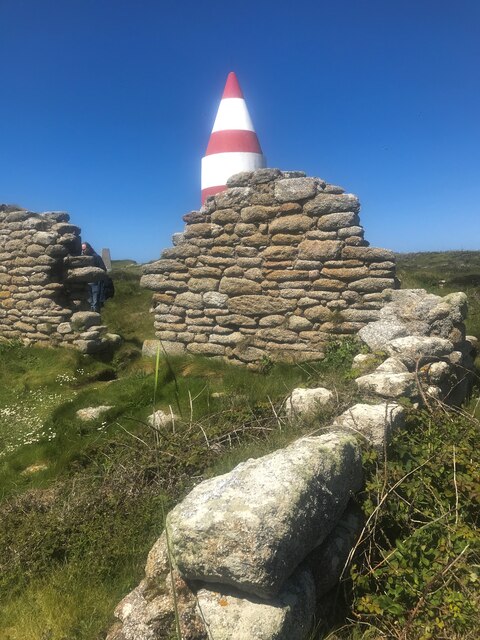
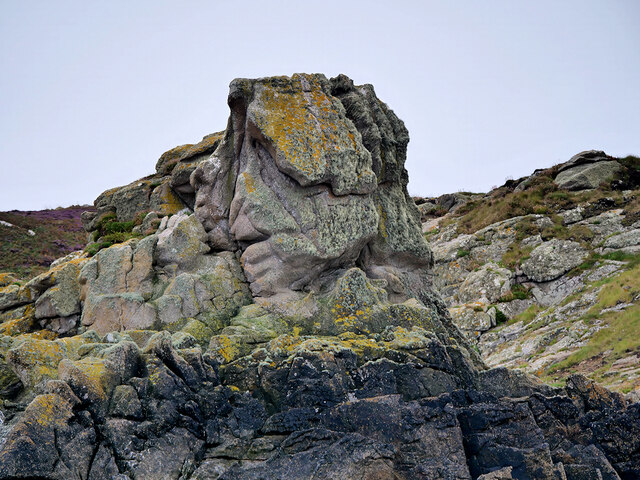
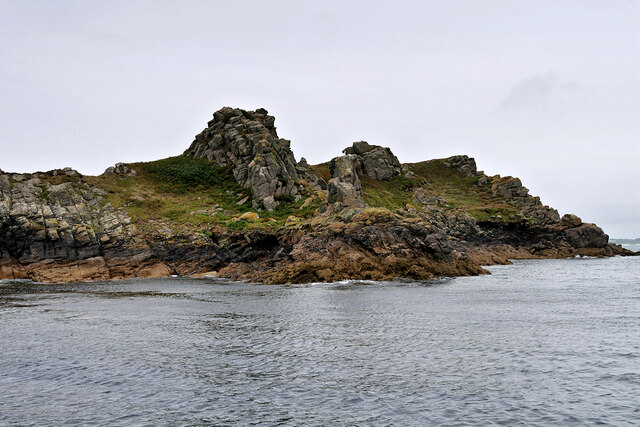
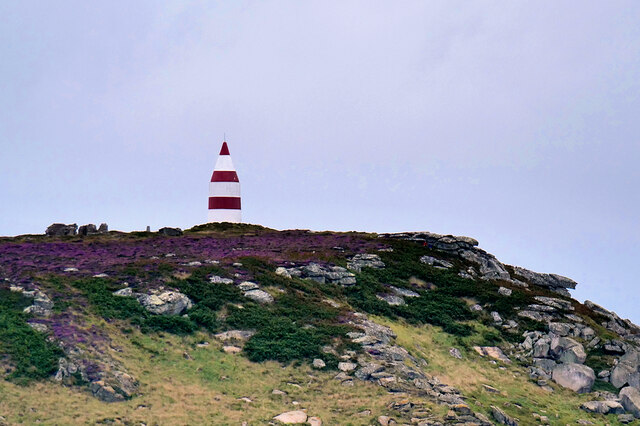
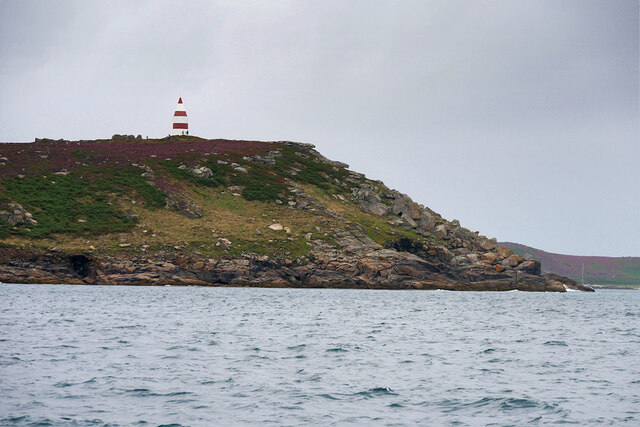
Murr Rock is located at Grid Ref: SV9316 (Lat: 49.967867, Lng: -6.2734405)
Division: Isles of Scilly
Unitary Authority: Isles of Scilly
Police Authority: Devon and Cornwall
What 3 Words
///slacker.evaded.playfully. Near St Martin's, Isles of Scilly
Nearby Locations
Related Wikis
St Martin's Church, St Martin's
St Martin's Church, St Martin's is a Grade II listed parish church in the Church of England located in St Martin's, Isles of Scilly, UK. == History... ==
Higher Town, Isles of Scilly
Higher Town (Cornish: Trewartha) is the easternmost and largest settlement on the island of St Martin's in the Isles of Scilly, England. It is situated...
St Martin's Methodist Church, Isles of Scilly
The Methodist Church, St Martin's, Isles of Scilly is a Grade II listed chapel in St Martin's, Isles of Scilly. == History == Bible Christians arrived...
St Martin's, Isles of Scilly
St Martin's (Cornish: Brechiek, lit. 'dappled island') is the northernmost populated island of the Isles of Scilly, England, United Kingdom. It has an...
Nearby Amenities
Located within 500m of 49.967867,-6.2734405Have you been to Murr Rock?
Leave your review of Murr Rock below (or comments, questions and feedback).
